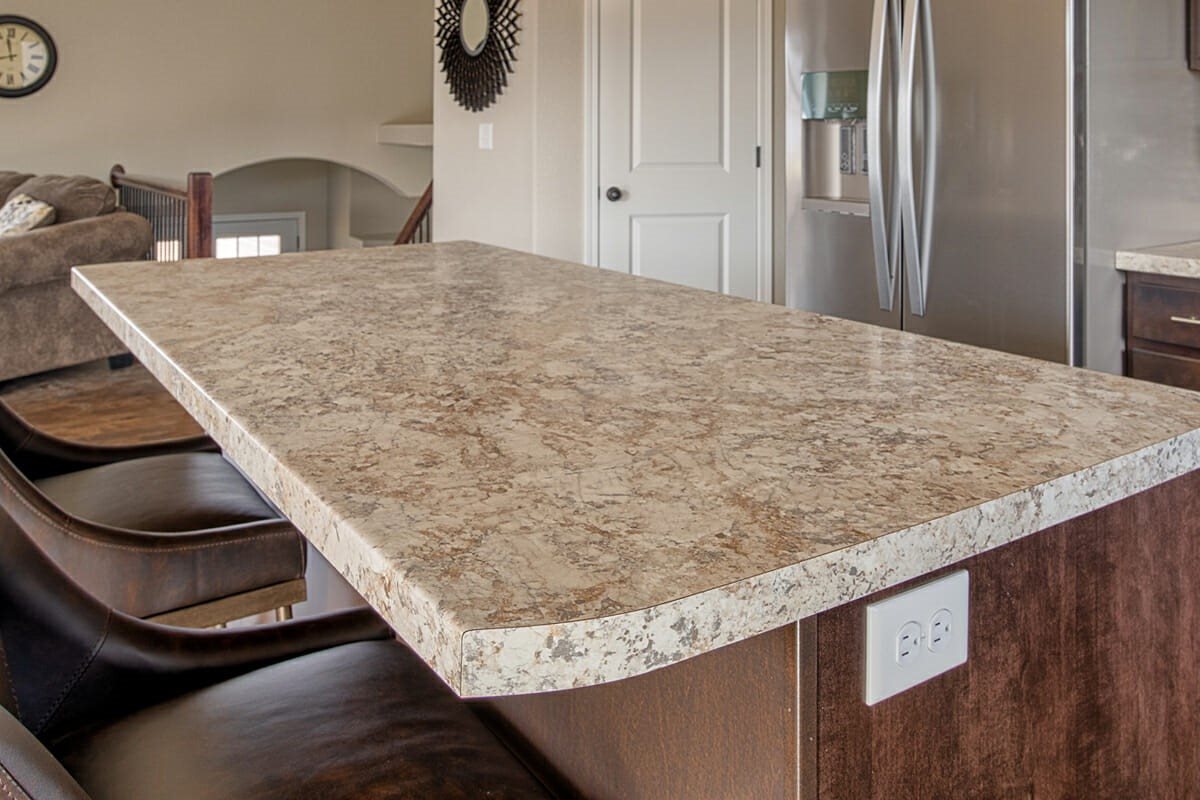

Articles
How Much Do Laminate Countertops Cost
Modified: December 7, 2023
Discover the average cost of laminate countertops in this informative article. Get insights, tips, and recommendations for choosing the perfect countertop for your home.
(Many of the links in this article redirect to a specific reviewed product. Your purchase of these products through affiliate links helps to generate commission for Storables.com, at no extra cost. Learn more)
Introduction
Laminate countertops have gained immense popularity in recent years due to their affordability, durability, and wide range of designs. Whether you’re renovating your kitchen or bathroom, laminate countertops offer an attractive and cost-effective solution. However, before diving into your countertop project, it’s crucial to understand the various factors that can influence the cost of laminate countertops.
In this article, we’ll delve into the factors that affect laminate countertop costs, explore the average price range, and discuss the different options available at various price points. We’ll also look at the additional costs and considerations involved in the installation process and compare laminate countertops to other materials.
By the end of this article, you’ll have a comprehensive understanding of the cost factors associated with laminate countertops, enabling you to make an informed decision that suits your budget and design preferences.
Key Takeaways:
- Laminate countertops offer a budget-friendly solution with prices ranging from $20 to $50 per square foot, providing a versatile and durable option for homeowners seeking cost-effective yet stylish designs.
- Factors such as quality, size, and customization influence the cost of laminate countertops, offering homeowners a wide range of options to achieve their desired aesthetic while staying within budget.
Read more: How Much Do Concrete Countertops Cost
Factors Affecting Laminate Countertop Costs
Several factors contribute to the overall cost of laminate countertops. Understanding these factors will help you determine a realistic budget for your project and make informed decisions. Here are the key factors that influence laminate countertop costs:
- Quality of Laminate: The quality and brand of the laminate will significantly impact the cost. Higher-quality laminates with enhanced durability and aesthetic appeal will typically come at a higher price.
- Size of the Countertop: The size of the countertop plays a crucial role in determining the cost. Larger countertops will require more materials, resulting in higher expenses.
- Edge Profile: The edge profile refers to the shape and design of the edges of the countertop. Different edge profiles, such as beveled, bullnose, or squared, come with varying levels of complexity and will affect the overall cost.
- Backsplash: Adding a backsplash to your laminate countertop can enhance the overall aesthetic appeal and protect your walls from splatters. However, incorporating a backsplash will incur additional costs.
- Patterns and Textures: Laminate countertops come in a variety of patterns and textures that mimic natural stone, wood, or other materials. More intricate patterns and textures may come at a higher cost.
- Undermount Sink: If you prefer an undermount sink, where the countertop seamlessly attaches to the sink without a visible edge, expect an additional cost for the installation.
- Customization: Customizing your laminate countertop, such as adding integrated cutting boards or unique shapes, will increase the overall cost.
- Location and Labor Costs: The cost of labor varies depending on your location and the complexity of the installation. Hiring professional contractors may come with additional expenses, while opting for a DIY approach can save you money.
Keep these factors in mind when discussing your countertop project with suppliers and contractors. By understanding how each factor influences the cost, you can make informed decisions that align with your budget and design goals.
Average Cost of Laminate Countertops
Now that we understand the factors that affect laminate countertop costs, let’s take a closer look at the average price range you can expect. It’s important to note that these prices can vary depending on your location, supplier, and the specific options you choose.
On average, laminate countertops can range from $20 to $50 per square foot, including both the materials and installation costs. This makes laminate countertops one of the most affordable options on the market.
For a standard-sized kitchen countertop of around 30 square feet, you can expect to spend between $600 and $1,500 for laminate countertops. However, this price does not include additional features, customization, or any upgrades you may desire.
It’s worth mentioning that the price per square foot may decrease as the size of the countertop increases. So, if you’re planning a larger project, you may be able to negotiate a lower price per square foot.
Keep in mind that the price range provided is a general estimate, and customized options or specialty laminates may come at a higher cost. Additionally, prices may fluctuate over time due to factors such as market demand and material availability.
Now that we have an idea of the average cost range, let’s explore the different options available within different price points, ranging from low-end to high-end laminate countertops.
Low-End Laminate Countertop Options
If you’re on a tight budget or looking for cost-effective options, there are several low-end laminate countertop choices available. While these options may have a lower price point, they still offer durability and a variety of design choices.
Low-end laminate countertops typically range from $20 to $30 per square foot, including both materials and installation. These options are often basic designs with limited patterns and textures. However, they still provide a clean and functional surface for your kitchen or bathroom.
When considering low-end laminate countertops, it’s important to keep in mind that they may not have the same level of durability or resistance to stains and scratches as higher-end options. However, with proper care and maintenance, they can still provide a long-lasting and affordable solution.
Many manufacturers offer low-end laminate countertops in standard sizes, which can help reduce costs. These options often come in neutral colors such as white, beige, or gray, providing a versatile backdrop for your space.
While the options might be more limited in terms of patterns and finishes, you can still find low-end laminate countertops that mimic the appearance of natural stone, wood, or other materials. This enables you to achieve the desired aesthetic at a fraction of the cost.
It’s worth exploring different suppliers and retailers to find the best deals on low-end laminate countertops. Keep in mind that some stores may offer discounted or clearance options, allowing you to save even more money without compromising on quality.
If you’re looking to save further on costs, you can consider a DIY installation. However, be sure to familiarize yourself with the installation process, as improper installation can lead to issues down the line. Additionally, hiring a professional installer ensures a precise and seamless fit, which can be beneficial for more complex countertop layouts.
Now that we’ve covered low-end laminate countertop options, let’s move on to the mid-range options that offer a wider range of designs and durability.
Mid-Range Laminate Countertop Options
If you’re looking for a balance between affordability and enhanced design options, mid-range laminate countertops are a great choice. These options offer a wider selection of patterns, textures, and design features while maintaining a reasonable price point.
Mid-range laminate countertops typically range from $30 to $40 per square foot, including materials and installation. With this price range, you can enjoy a greater variety of colors, patterns, and finishes to suit your aesthetic preferences.
One of the benefits of mid-range laminate countertops is the availability of more realistic patterns and textures that closely resemble natural stone, wood, or other materials. This allows you to achieve a high-end look without the associated cost.
In addition to enhanced aesthetics, mid-range laminate countertops often offer improved durability and resistance to stains, scratches, and heat compared to low-end options. These countertops are designed to withstand the demands of daily use in kitchens and bathrooms.
What sets mid-range laminate countertops apart is the opportunity for customization. You can choose from a variety of edge profiles, including beveled, bullnose, or squared edges, to add a touch of elegance to your countertop. Additionally, some manufacturers offer options for integrated sinks, cutting boards, or decorative elements to enhance the functionality and visual appeal of your laminate countertop.
When selecting mid-range laminate countertops, explore different suppliers and manufacturers to find the best-quality products within your price range. It’s recommended to visit showrooms and see the samples in person to get a better idea of how they would look in your space.
Professional installation is still advisable for mid-range laminate countertops to ensure a precise fit and proper sealing. This will help to prevent water damage and maintain the longevity of your countertop.
Now that we’ve explored mid-range laminate countertop options, let’s move on to the high-end options that offer premium materials and advanced customization.
When budgeting for laminate countertops, consider the cost of the material, installation, and any additional features like edge profiles and backsplashes. Prices can range from $15 to $40 per square foot, depending on the quality and design.
Read more: How Much Do Soapstone Countertops Cost
High-End Laminate Countertop Options
For those seeking the utmost in quality, design, and customization, high-end laminate countertops offer a luxurious and durable choice. With advanced features and premium materials, these countertops can elevate the look and functionality of your kitchen or bathroom.
High-end laminate countertops typically range from $40 to $50 per square foot, including both materials and installation. While they may have a higher price tag compared to low-end and mid-range options, they provide exceptional durability, innovative designs, and unique customization possibilities.
One of the key features of high-end laminate countertops is the use of premium laminates. These laminates are often more resistant to scratches, stains, and heat. They are specifically engineered to mimic the appearance of high-end materials such as granite, quartz, or exotic wood species.
In addition to enhanced durability, high-end laminate countertops offer a broader selection of patterns, colors, and finishes. You can choose from a range of sophisticated designs, including intricate veining, textured surfaces, and unique finishes that closely resemble natural materials. This enables you to achieve a luxurious look at a fraction of the cost.
High-end laminate countertops also provide advanced customization options. You can opt for integrated sinks, decorative edges, waterfall edges, or even custom shapes to create a truly personalized and unique countertop that reflects your style and taste.
When considering high-end laminate countertops, it’s important to work closely with suppliers and manufacturers who specialize in premium laminates. They can provide expert advice on the available options and guide you through the selection process.
Professional installation is highly recommended for high-end laminate countertops to ensure flawless execution and a seamless fit. This will guarantee that your countertop functions properly and looks visually stunning.
Although high-end laminate countertops are costlier, they still offer a significant cost advantage over natural stone or solid surface materials. They provide the durability and aesthetics of high-end materials without breaking the bank.
With high-end laminate countertops, you can create a luxurious and visually stunning space that will be the envy of your friends and family.
Next, let’s discuss additional costs and considerations that should be taken into account when planning your laminate countertop project.
Additional Costs and Considerations
When budgeting for your laminate countertop project, it’s important to consider the additional costs and factors that can impact the overall expense. These costs and considerations go beyond the basic material and installation costs and can vary depending on your specific needs and preferences.
Here are some additional costs and considerations to keep in mind:
- Removal and Disposal: If you’re replacing existing countertops, you’ll need to factor in the cost of removing and disposing of the old materials. This may require professional assistance and can incur additional fees.
- Upgrades and Customization: If you opt for more advanced features or customization options, such as integrated sinks or decorative edges, expect additional costs. These upgrades can enhance the functionality and visual appeal of your laminate countertop but may come with a higher price tag.
- Maintenance and Cleaning: While laminate countertops are generally low-maintenance, they still require regular cleaning and care to maintain their beauty and durability. Consider the cost of appropriate cleaning products and any maintenance routines you need to follow.
- Delivery and Installation: Depending on your location and supplier, there may be additional fees for delivery and installation services. Be sure to inquire about these costs upfront.
- Sealing and Finishing: While laminate countertops do not require sealing like natural stone, certain edges and seams may need to be finished to achieve a polished and cohesive appearance. This may require professional assistance and incur additional costs.
- Warranty: Some manufacturers offer warranties on their laminate countertops, providing coverage against defects or damage. It’s worth considering the cost of purchasing an extended warranty for your countertop for added peace of mind.
By considering these additional costs and factors, you can have a more realistic estimation of the total expenses involved in your laminate countertop project. It’s always a good idea to discuss these considerations with your supplier or contractor to avoid any surprises down the line.
Next, let’s explore the pros and cons of DIY installation versus professional installation.
DIY vs. Professional Installation
When it comes to installing laminate countertops, you have the option of tackling the project as a do-it-yourself (DIY) endeavor or hiring professional installers. Both options have their pros and cons, and it’s important to consider your skill level, available time, and budget before making a decision.
DIY Installation:
One of the main advantages of DIY installation is cost savings. By eliminating the need for professional labor, you can significantly reduce the overall expense of your countertop project. Additionally, DIY installation allows you to have full control over the process and potentially gain a sense of accomplishment from completing the project on your own.
However, DIY installation does come with its challenges. It requires a certain level of skill and experience in working with tools and handling countertop materials. If you’re inexperienced or unfamiliar with the installation process, you may risk making mistakes that could compromise the final result or even damage the materials. It’s crucial to thoroughly research and understand the installation steps, ensuring that you have the necessary tools and resources at your disposal.
Moreover, DIY installation can be time-consuming, especially if you have limited availability. It’s important to consider the time commitment required for measuring, cutting, and installing the countertops accurately. Additionally, if any issues arise during the installation process, you may be solely responsible for finding solutions and rectifying the problems.
Professional Installation:
Hiring professional installers for your laminate countertops ensures a high level of expertise and precision. They have the necessary experience, tools, and knowledge to handle the installation process efficiently and effectively. This can save you time, reduce the risk of errors, and provide peace of mind knowing that the job is being handled by professionals.
Professional installation also offers the advantage of a warranty or guarantee on the workmanship, providing added protection and ensuring that any potential issues will be resolved by the installers. They can also offer valuable advice on design options, surface preparations, and maintenance recommendations based on their industry expertise.
However, professional installation does come at an additional cost. Hiring installers means paying for their services, which can increase the overall expenses of your countertop project. It’s important to obtain multiple quotes, compare prices, and ensure that the installers are reputable and experienced in working with laminate countertops.
Ultimately, the decision between DIY and professional installation depends on your comfort level, skill set, time availability, and budget. If you have the necessary skills and resources, and are willing to invest the time and effort, DIY installation can be a cost-effective option. On the other hand, if you prefer a hassle-free and professional outcome, hiring installers is the recommended choice.
Next, let’s compare laminate countertops with other popular countertop materials.
Comparing Laminate Countertops with Other Materials
When choosing the right countertop material for your kitchen or bathroom, it’s important to consider the various options available and how they compare to laminate countertops. Let’s take a closer look at how laminate countertops stack up against popular materials in terms of cost, durability, maintenance, and aesthetic appeal.
Laminate Countertops:
Laminate countertops are known for their affordability, making them an attractive option for budget-conscious individuals. They offer a wide range of designs and patterns that mimic the appearance of higher-end materials such as granite, marble, or wood. Laminate countertops are relatively durable and resistant to stains, scratches, and heat with proper care and maintenance. They are also easy to clean and require minimal upkeep. However, laminate countertops may be more susceptible to moisture damage, and repairs can be challenging if they are chipped or damaged.
Natural Stone (e.g., Granite, Marble):
Natural stone countertops, such as granite or marble, are known for their elegance and timeless appeal. They offer unique patterns and variations, giving each countertop a one-of-a-kind look. While natural stone countertops can be more expensive than laminate, they are extremely durable and resistant to heat, making them a long-lasting investment. However, they require periodic sealing to prevent staining and may require professional installation due to their weight and complexity. Natural stone countertops also require regular maintenance to preserve their beauty.
Quartz:
Quartz countertops are engineered stone surfaces made by combining natural quartz with resins and pigments. They offer a wide selection of colors, patterns, and finishes, making them highly versatile in terms of design options. Quartz countertops are non-porous, stain-resistant, and highly durable. They require minimal maintenance and do not require sealing. However, quartz countertops are generally more expensive than laminate countertops, and they may be vulnerable to heat damage if not properly protected.
Solid Surface:
Solid surface countertops, such as Corian or acrylic-based materials, offer a seamless and uniform appearance. They are available in a wide range of colors and designs, offering plenty of customization options. Solid surface countertops are non-porous, resistant to stains and scratches, and can be repaired if damaged. However, they are more expensive than laminate countertops and may be susceptible to heat damage.
Butcher Block:
Butcher block countertops provide a warm and natural surface with a rustic appeal. They are made from solid wood, often maple or oak, which is highly durable and can withstand regular use. Butcher block countertops require regular oiling and proper maintenance to prevent water damage and maintain their appearance. They are moderately priced, falling in the mid-range category compared to laminate countertops. However, they are more prone to scratches and stains and may require occasional sanding to remove any surface imperfections.
It’s important to evaluate your specific needs and priorities when comparing countertop materials. Consider factors such as cost, durability, maintenance requirements, and the desired aesthetic to make an informed decision that best suits your lifestyle and budget.
Now that we’ve explored the comparison between laminate countertops and other materials, let’s wrap up our discussion.
Read more: How Much Do Marble Countertops Cost
Conclusion
Laminate countertops offer a cost-effective and versatile option for homeowners looking to enhance the beauty and functionality of their kitchens or bathrooms. Throughout this article, we’ve explored the various factors that affect the cost of laminate countertops, including the quality of laminate, size of the countertop, edge profiles, and customization options.
On average, laminate countertops range from $20 to $50 per square foot, making them one of the most affordable choices on the market. Low-end laminate countertops provide a budget-friendly solution, offering basic designs and limited patterns. Mid-range laminate countertops offer a broader selection of colors, patterns, and enhanced durability. High-end laminate countertops provide premium materials, advanced customization, and exceptional aesthetics at a higher price point.
Additional costs and considerations include removal and disposal, upgrades, maintenance, and delivery/installation fees. Choosing between DIY installation and professional installation depends on your skill level, time availability, and budget. While DIY installation can save costs, professional installation ensures precision and allows for warranty coverage.
Comparing laminate countertops to other popular materials, such as natural stone, quartz, solid surface, and butcher block, showcases the advantages and disadvantages of each option. Laminate countertops are highly affordable, easy to maintain, and offer a wide range of designs. However, they may be more susceptible to moisture damage compared to natural stone or quartz.
Ultimately, when selecting a countertop material, it’s crucial to consider your budget, durability requirements, desired aesthetic, and maintenance preferences. Laminate countertops provide an excellent balance between affordability and versatility, allowing you to achieve a stylish and functional space without breaking the bank.
By understanding the factors influencing the cost of laminate countertops and considering additional expenses and installation options, you can make informed decisions that suit your needs and design preferences.
Now armed with the knowledge and understanding of laminate countertop costs, factors, and options, you can confidently embark on your countertop project, creating a beautiful and functional space that reflects your personal style.
Frequently Asked Questions about How Much Do Laminate Countertops Cost
Was this page helpful?
At Storables.com, we guarantee accurate and reliable information. Our content, validated by Expert Board Contributors, is crafted following stringent Editorial Policies. We're committed to providing you with well-researched, expert-backed insights for all your informational needs.
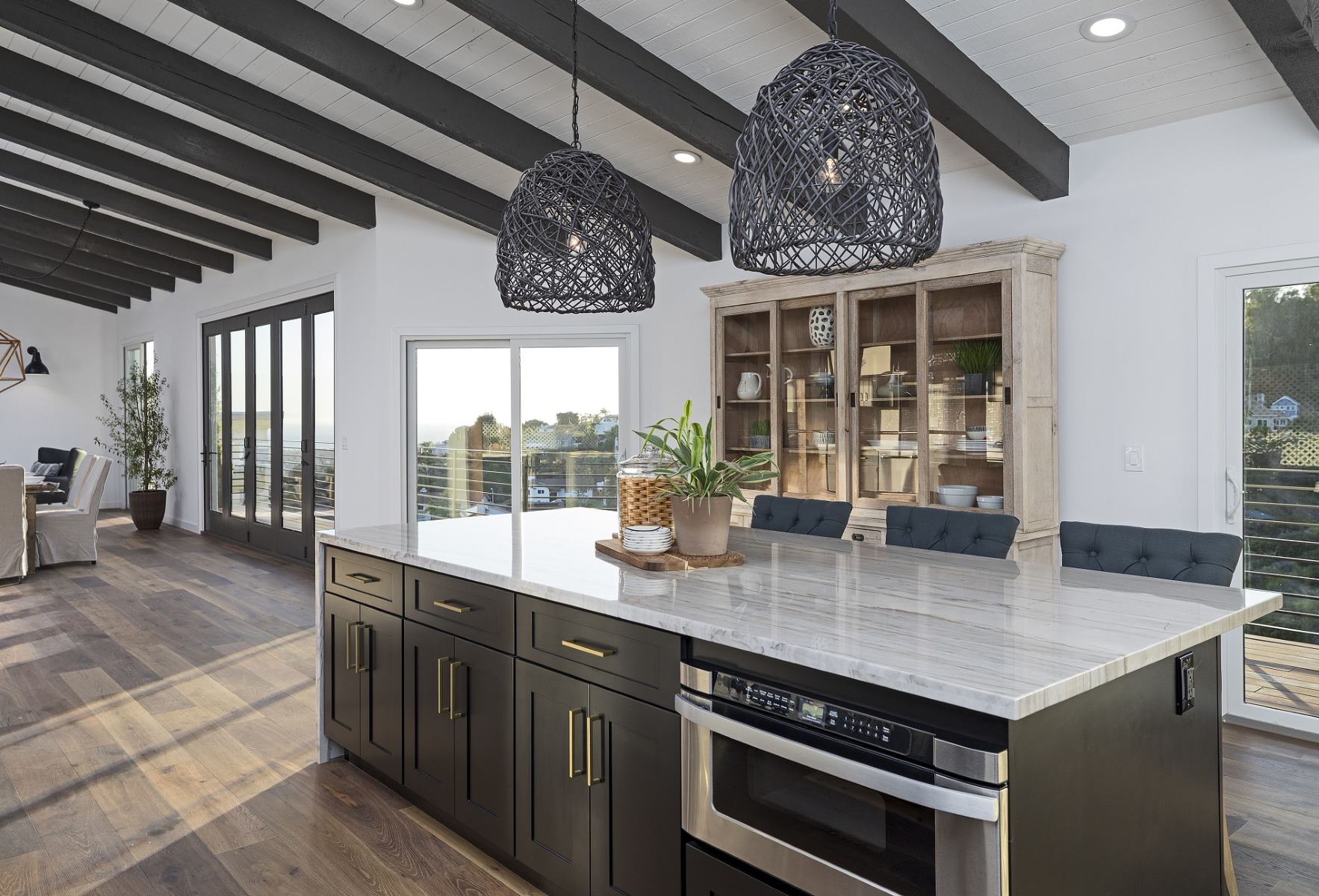
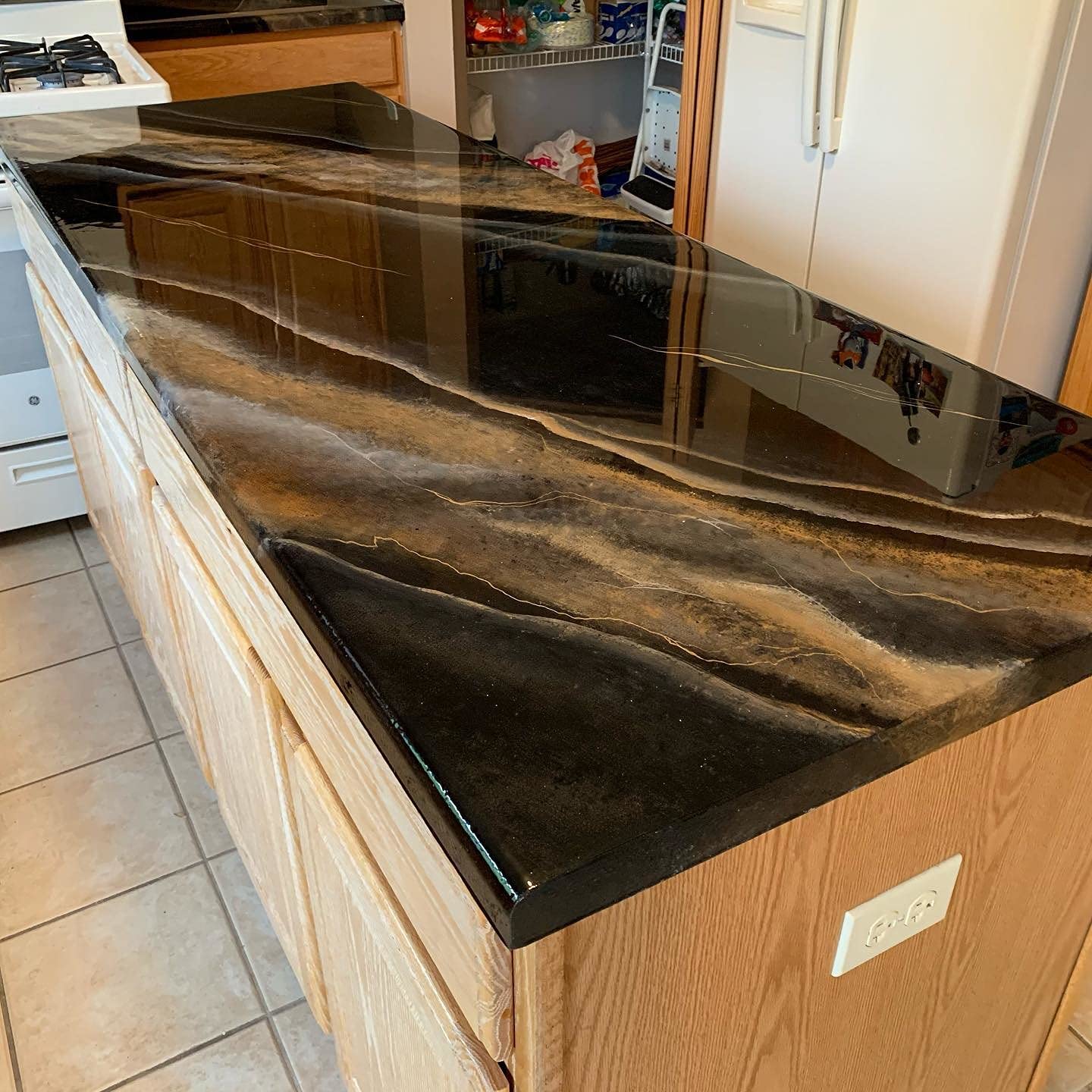
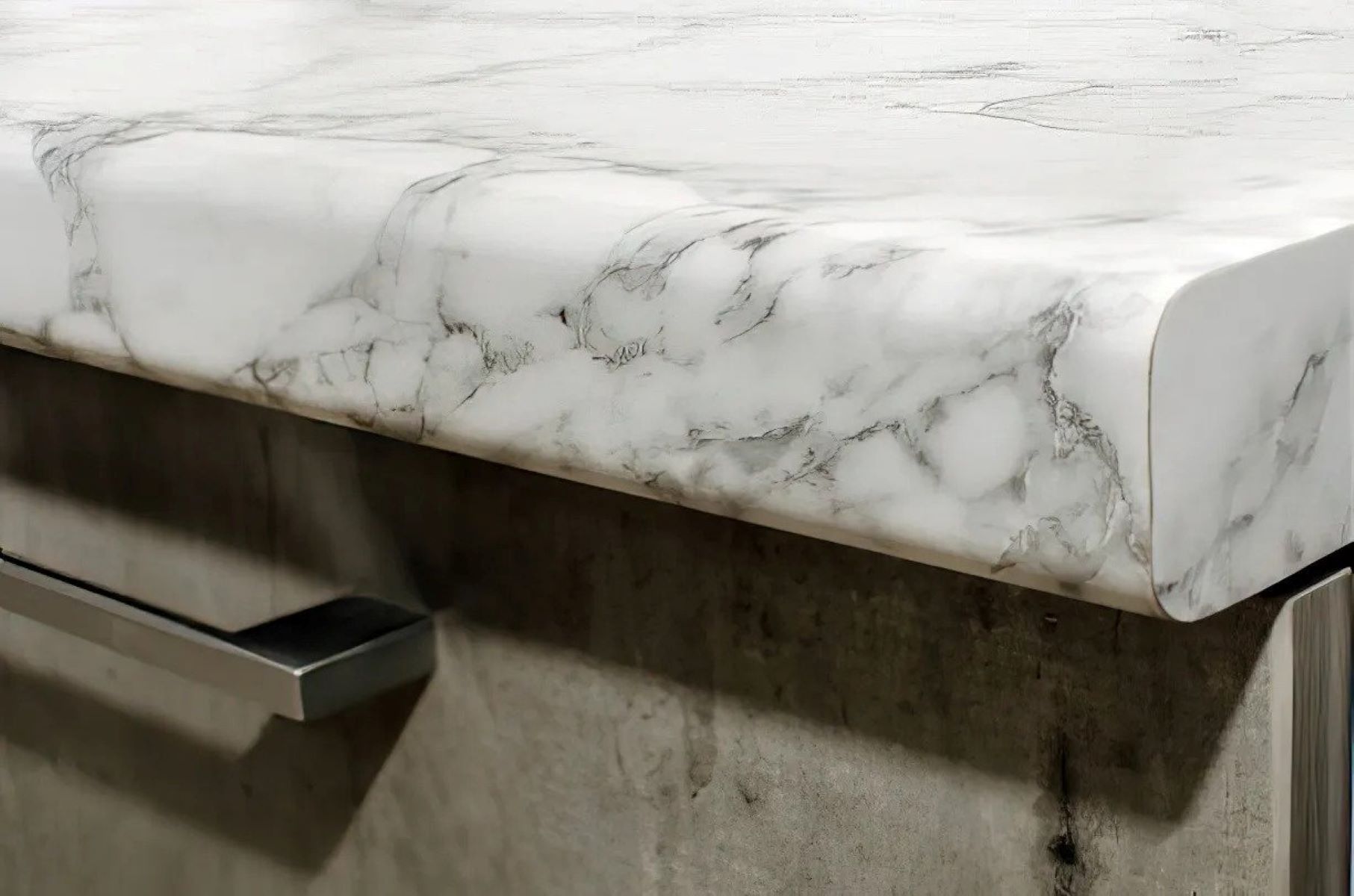
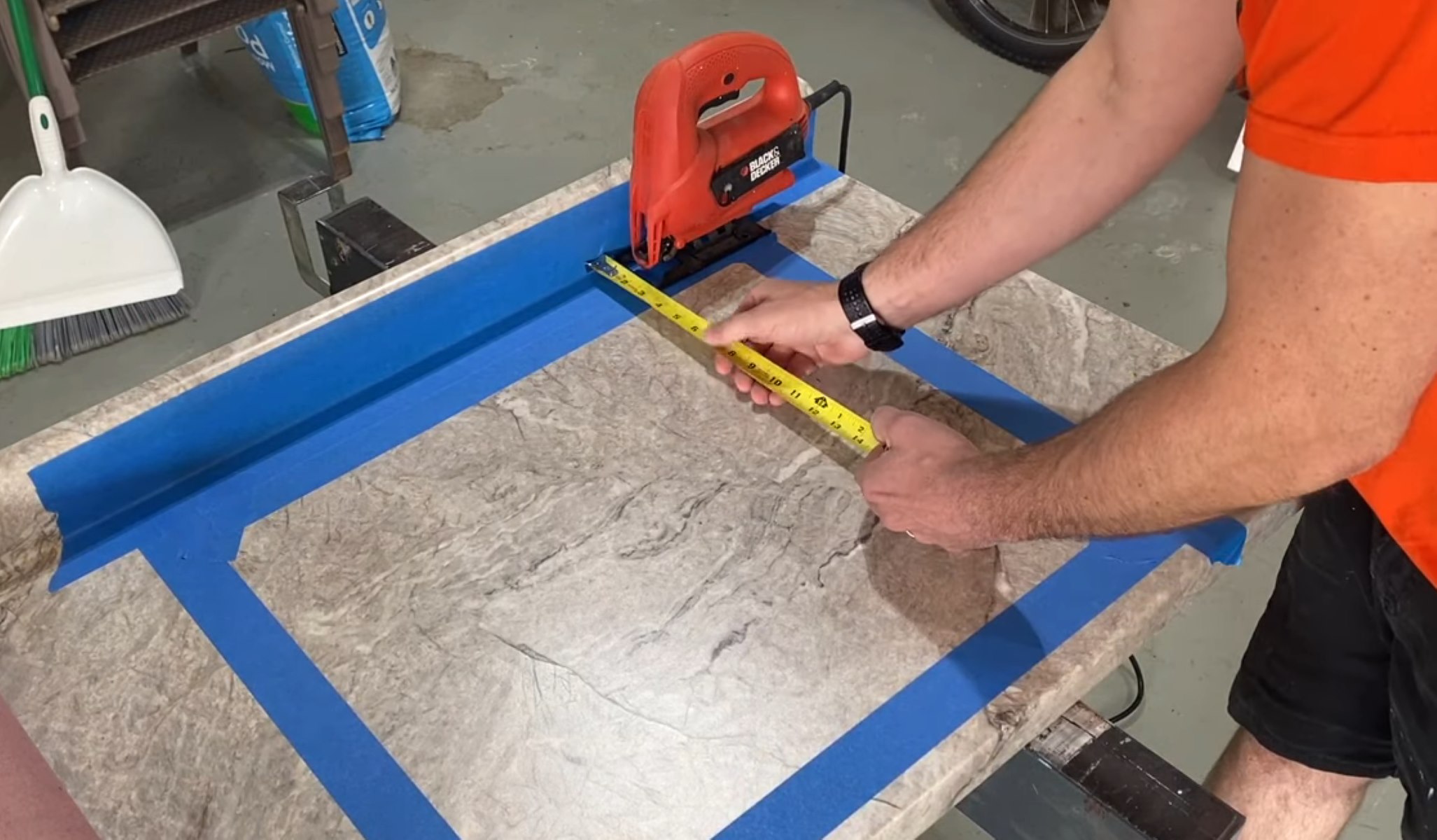
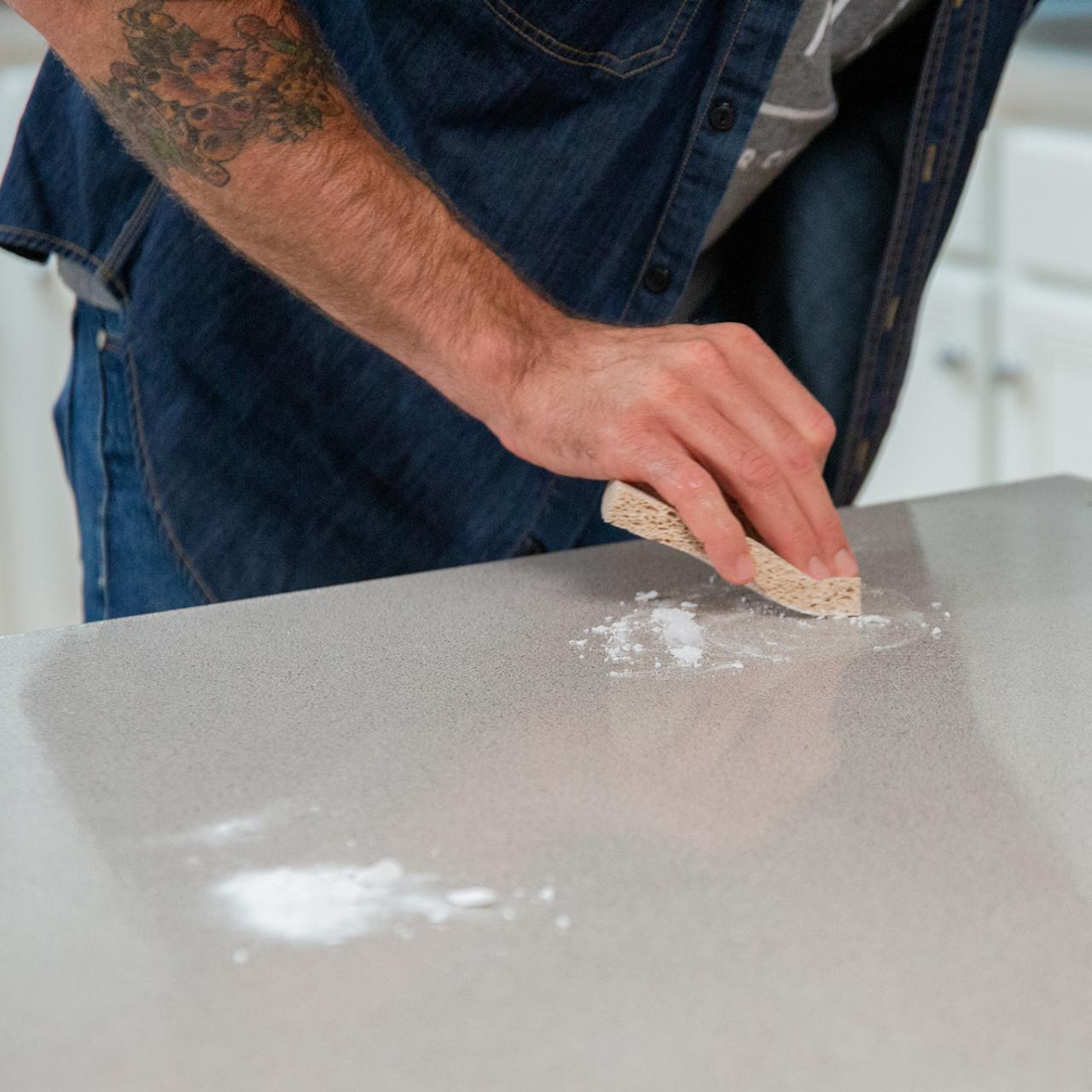
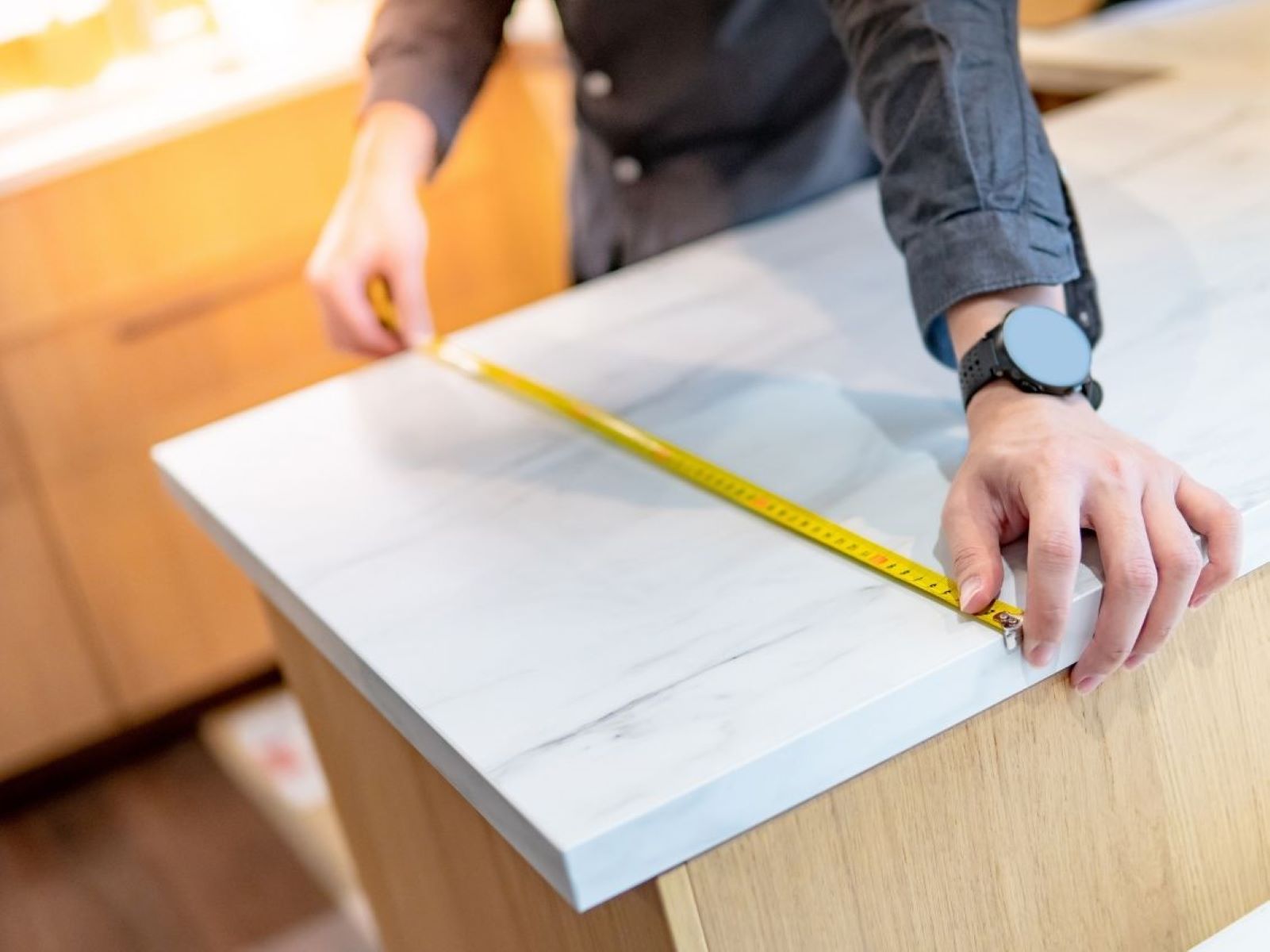
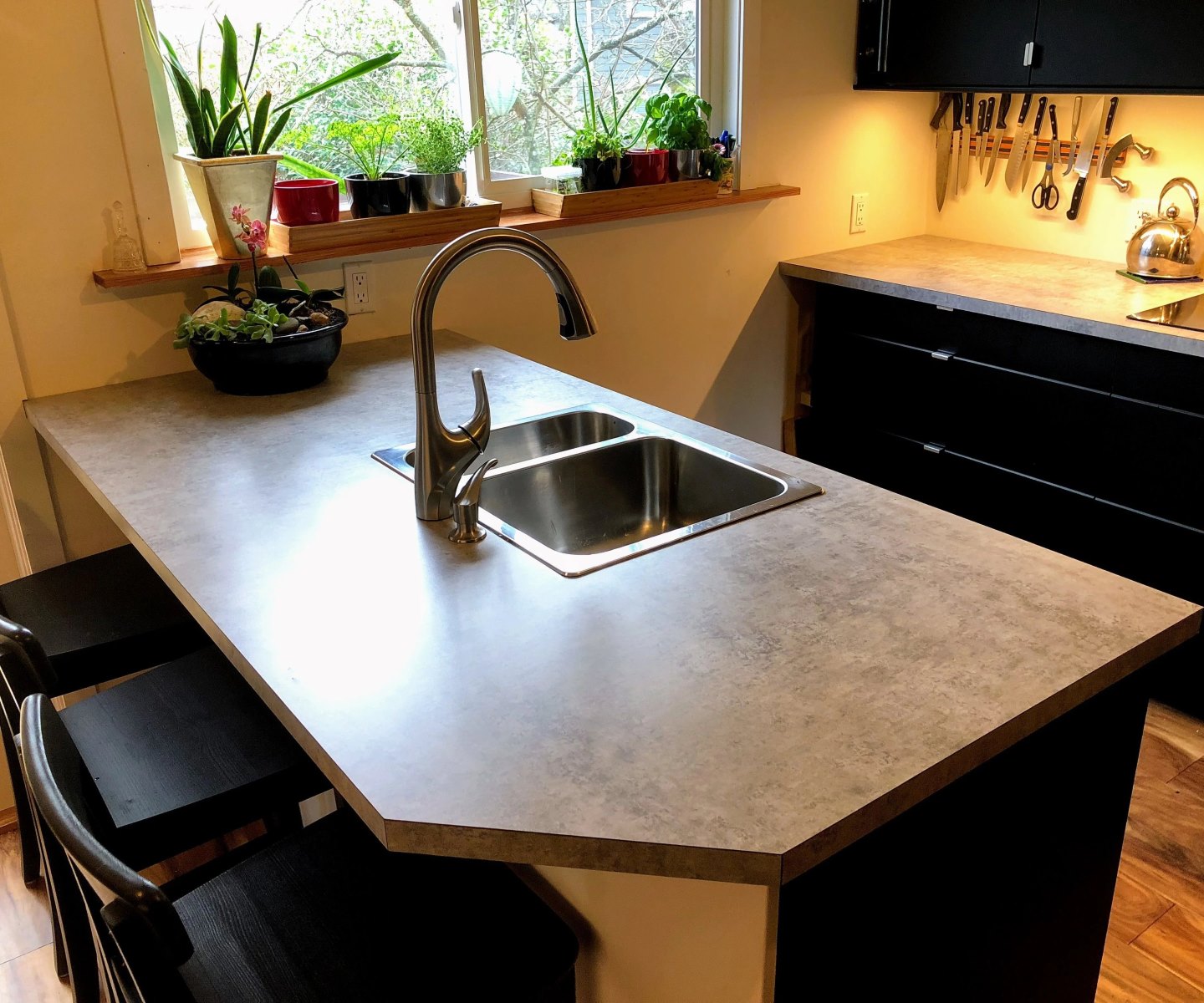
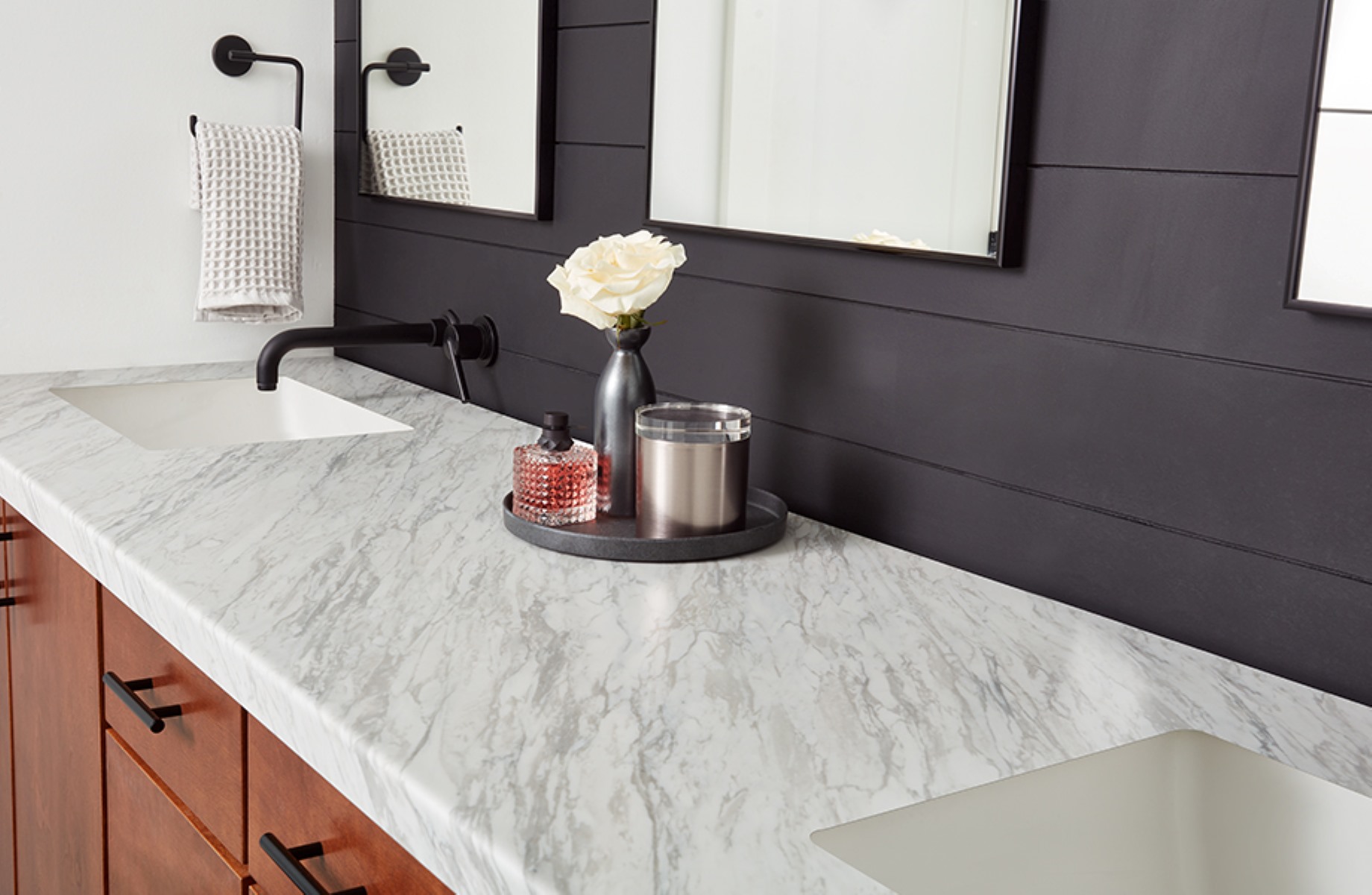

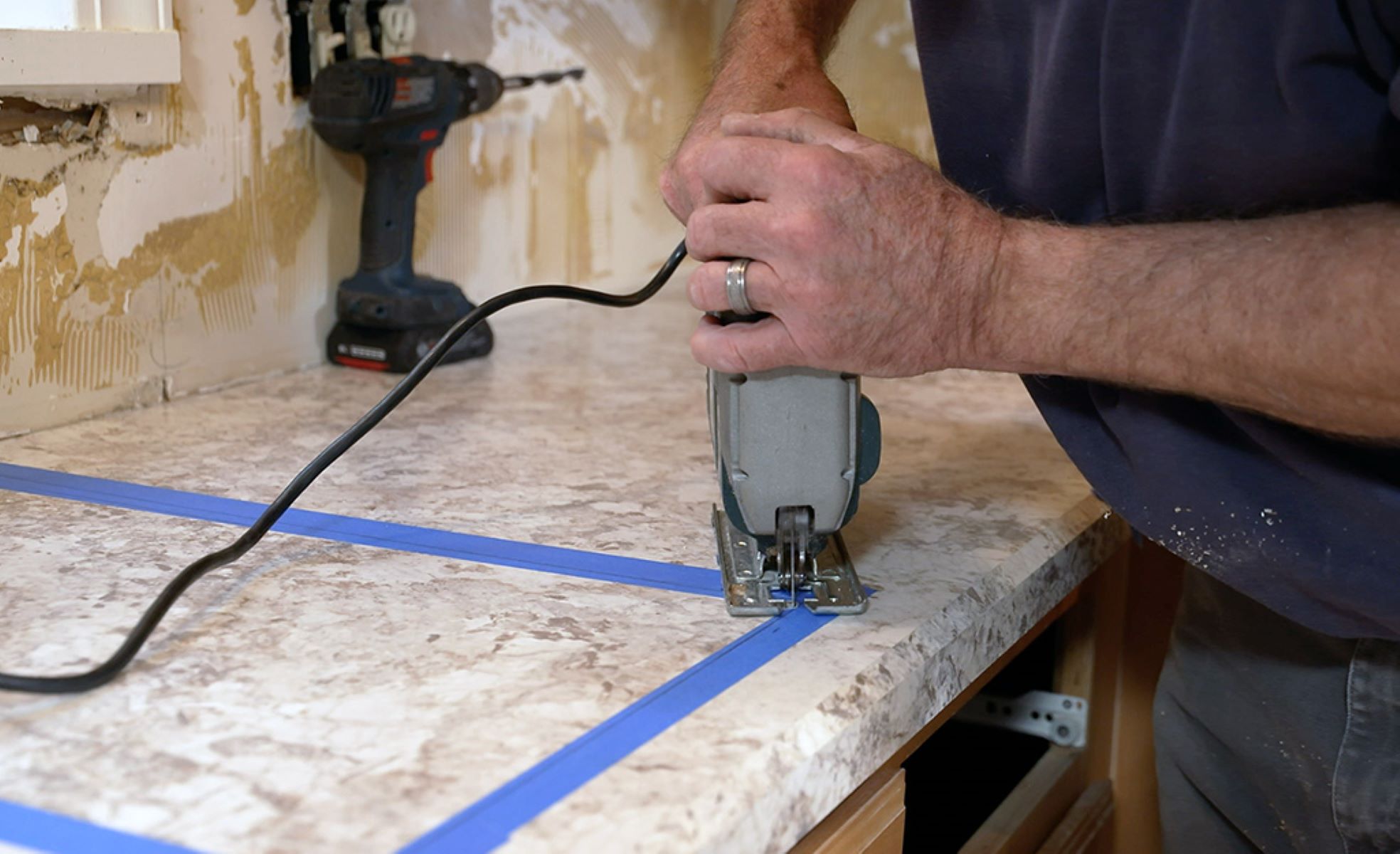
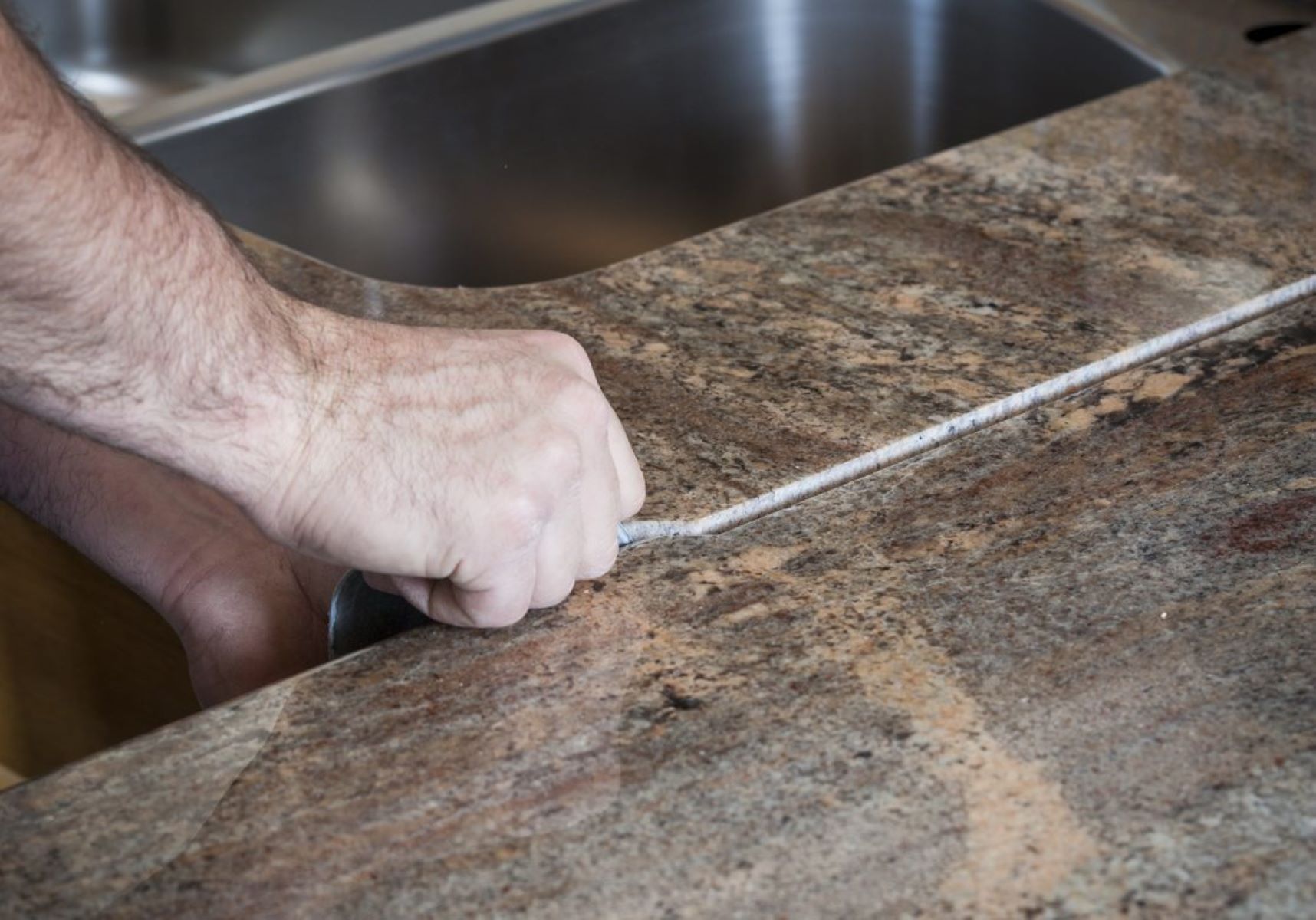
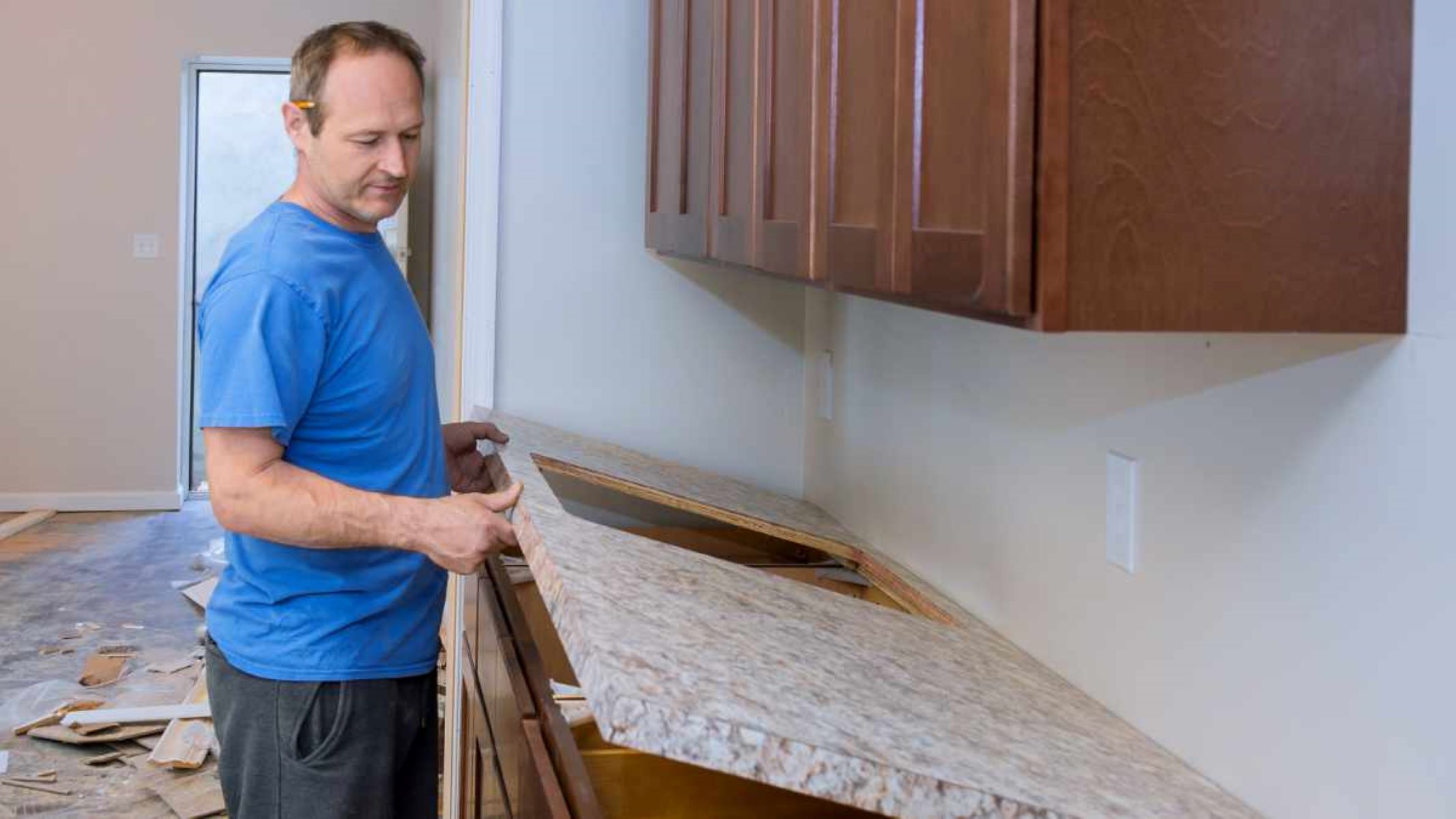
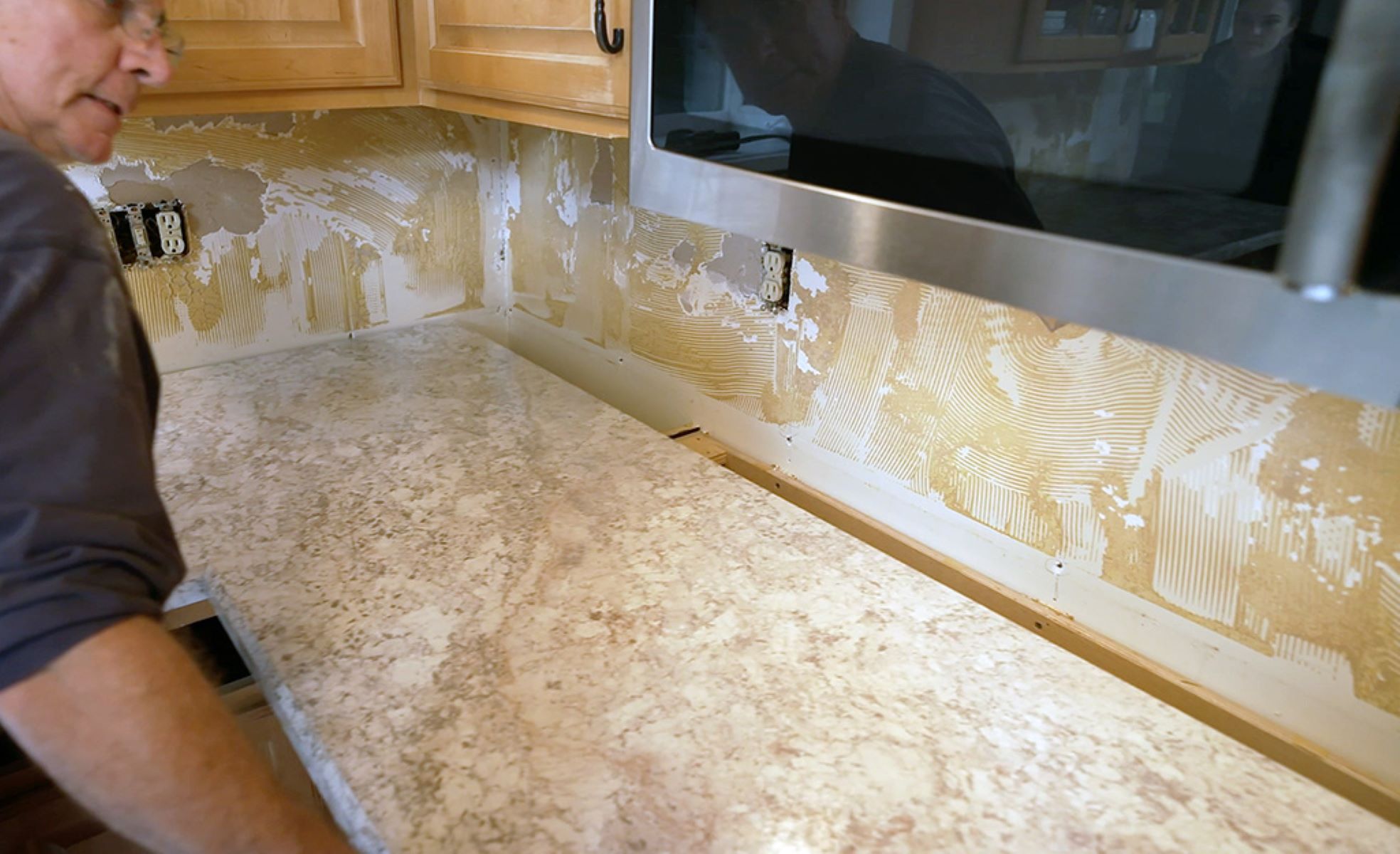

0 thoughts on “How Much Do Laminate Countertops Cost”